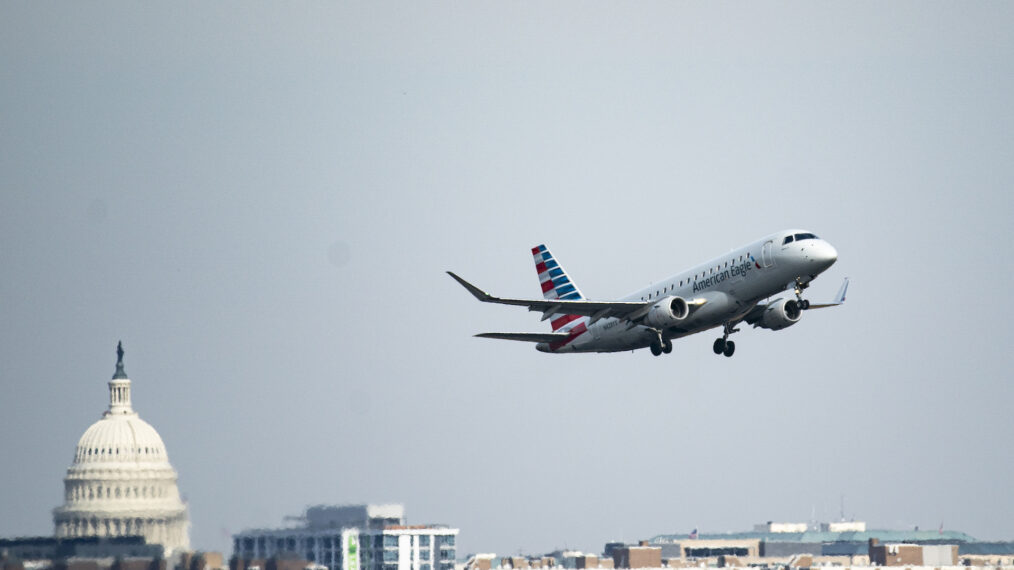What Happened to the 1961 Flight That Killed a Figure Skating Team?

As more details emerge about the tragic Washington, D.C. plane crash that took 67 lives when an American Eagle jet and an Army helicopter collided mid-air on Jan. 29, 2025, a strange parallel has emerged to a previous 1961 plane crash that also claimed the lives of many talented young figure skaters.
At least nine people onboard the American Eagle jet were part of the U.S. figure skating community, including young skaters Jinna Han, Spencer Lane, Cory Haynos and their parents, as well as two coaches.
A statement released by governing body U.S. Figure Skating said, “U.S. Figure Skating can confirm that several members of our skating community were sadly aboard American Airlines Flight 5342, which collided with a helicopter yesterday evening in Washington, D.C. These athletes, coaches and family members were returning home from the National Development Camp held in conjunction with the U.S. Figure Skating Championships in Wichita, Kansas. We are devastated by this unspeakable tragedy and hold the victims’ families closely in our hearts.”
This crash echoes a 1961 crash that killed the U.S. figure skating team. On Feb. 15, 1961, a plane left New York City’s Idlewild Airport, headed for Brussels, Belgium. The flight had 72 people onboard, including 18 members of the U.S. figure skating team, who were heading to the World Figure Skating Championships in Prague, as well as family, friends, coaches and skating officials. The plane experienced what officials think was a mechanical malfunction while attempting to land in Brussels. It then crash-landed several miles away from the airport and burst into flames, killing all aboard, as well as one man who was on the ground near the plane’s crash site.
Among those killed in the crash were 16-year-old reigning U.S. ladies’ champion Laurence Owen, who had appeared on the Feb. 13 cover of Sports Illustrated mere days before her death; her 20-year-old sister, reigning U.S. pairs champion Maribel Owen; and their mother, former U.S. ladies’ skating champion Maribel Vinson-Owen, who was their coach.
Also on the flight were U.S. ladies’ silver medalist Stephanie Westerfeld, U.S. ladies’ bronze medalist Rhode Lee Michelson, U.S. men’s silver medalist Gregory Kelley, male pairs champion Dudley Richards, reigning U.S. men’s champion Bradley Lord, and U.S. ice dancers Diane Sherbloom and Larry Pierce.
Though some other national teams had already arrived in Prague, the decision was made to cancel that year’s event. President Kennedy issued a statement that read: “Our country has sustained a great loss of talent and grace which had brought pleasure to people all over the world. Mrs. Kennedy and I extend our deepest sympathy to the families and friends of all the passengers and crew who died in this crash.”
The crash dealt a tremendous blow to the skating community, both personally and professionally. Due to the death of so many top-tier skaters, U.S. figure skating — a group that had previously dominated worldwide — did not again achieve the same level of international prominence it had previously enjoyed until 1968, when Peggy Fleming won the gold in ladies’ figure skating at the Winter Olympics in France.
The legacy of the tragedy lives on not just in the history of U.S. figure skating, but in a new rule laid out by U.S. Figure Skating officials: Teams traveling internationally to a competition must not all fly together on the same plane.
